Investing in research

Marte Haave attended SOS Ocean in Bergen 2023 as a participant. She was engaged in researching the hidden dangers of plastic pollution. The event connected her with new collaborators and opened doors to funding.
We asked Marte to share an update with the SOS community about what’s happened since 2023.
Plastic Pollution in the Arctic
On an uninhabited island in the Barents Sea, far from cities and people, the beaches are full of plastic. Fishing ropes, trawl floats, shampoo bottles, old ketchup containers washed ashore by strong ocean currents.
This is Bjørnøya, located halfway between mainland Norway and Svalbard. Despite being remote, the island is a dumping ground for global plastic waste.
Luckily, something is being done.
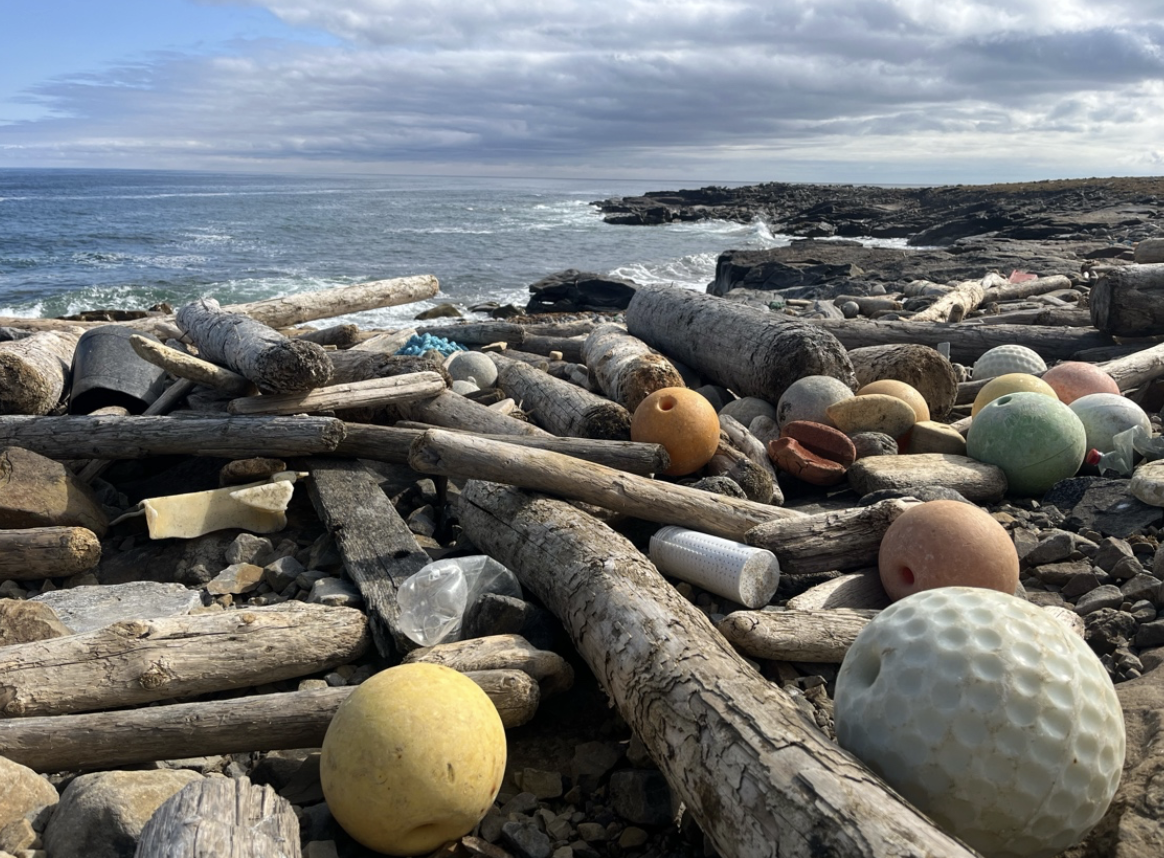
A Groundbreaking Project
The project “Plastics and Additives in Arctic Ecosystems” is led by the Norwegian company SALT, in collaboration with the Norwegian Polar Institute and Norwegian Institute for Air Research. The team collects waste, analyzes it, and the chemical traces it leaves behind in the ecosystem and asks: What kind of plastic is this? Where does it come from? What chemicals are left behind even after the plastic is gone?
These substances, called additives, make plastic soft, colorful, or durable. But many are harmful to animals and possibly to us. Some are linked to hormone disruption, lower fertility, and early puberty. Out of more than 16,000 chemicals used in plastics, most are still untested.
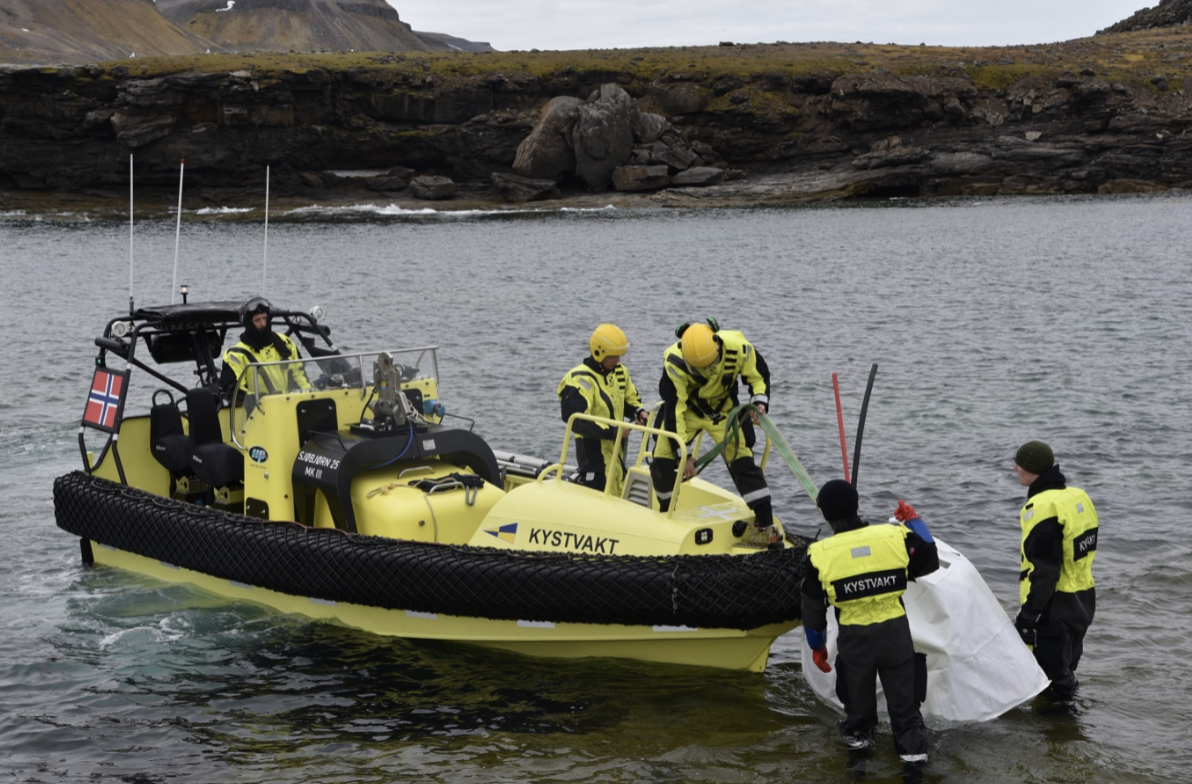
A Team Effort in Harsh Conditions
With support from the meteorological station on Bjørnøya, the Norwegian Coast Guard, and projectresearchers, large amounts of plastic are now being removed from three test-sites for monitoring on the island. Everything will be recorded in detail during the two first years of the project: the weight, origin, and type of waste. Another main objective is to determine chemicals that originate from plastics, that have leaked out into the arctic ecosystem and is absorbed by seabirds.
The goals is to understand how much plastic arrives each year, and how dangerous it really is for the Arctic ecosystem. Another main goal is to find chemicals that originate from plastics, that have leaked out into the arctic ecosystem and been absorbed by seabirds.The project will also share its data with European and Norwegian environmental agencies.

Why It Matters
This work shows how plastic pollution travels across oceans and lands in the most remote places. It’s a reminder that the ocean has no borders. What we throw away might end up in the Arctic.
And thanks to Marte Haave and her team, we’re getting closer to understanding the full impact of plastic, not just what we see, but what we can’t.
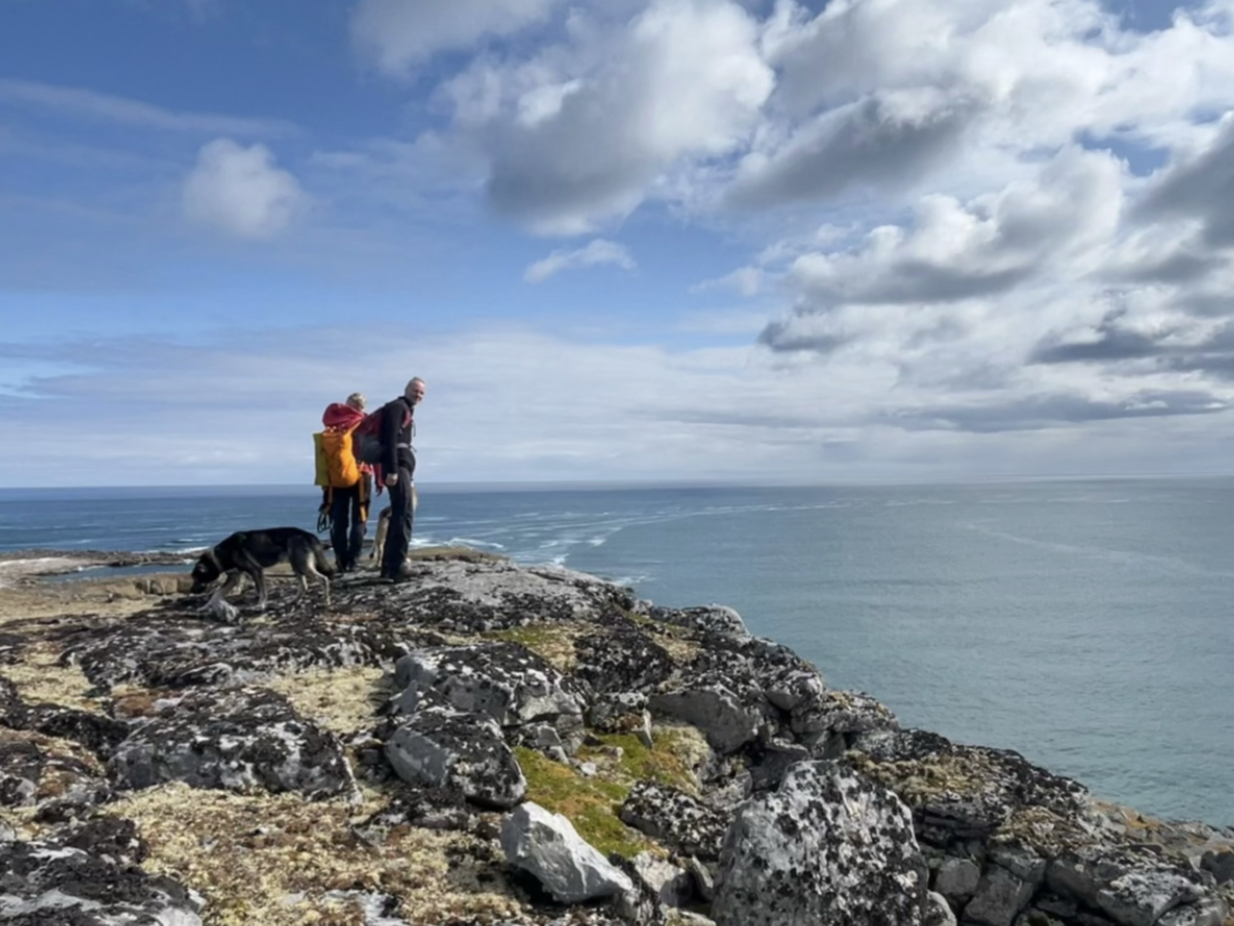


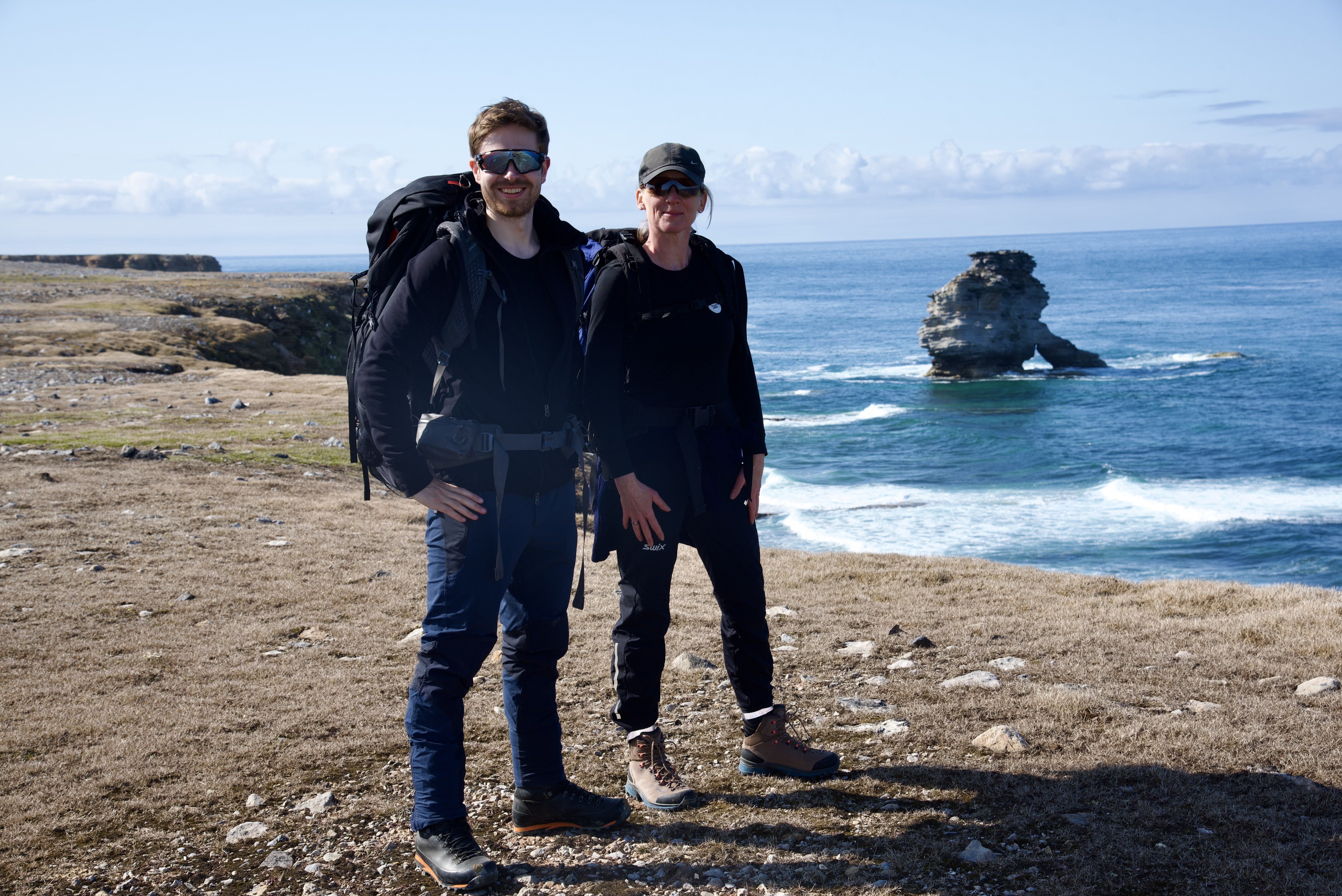


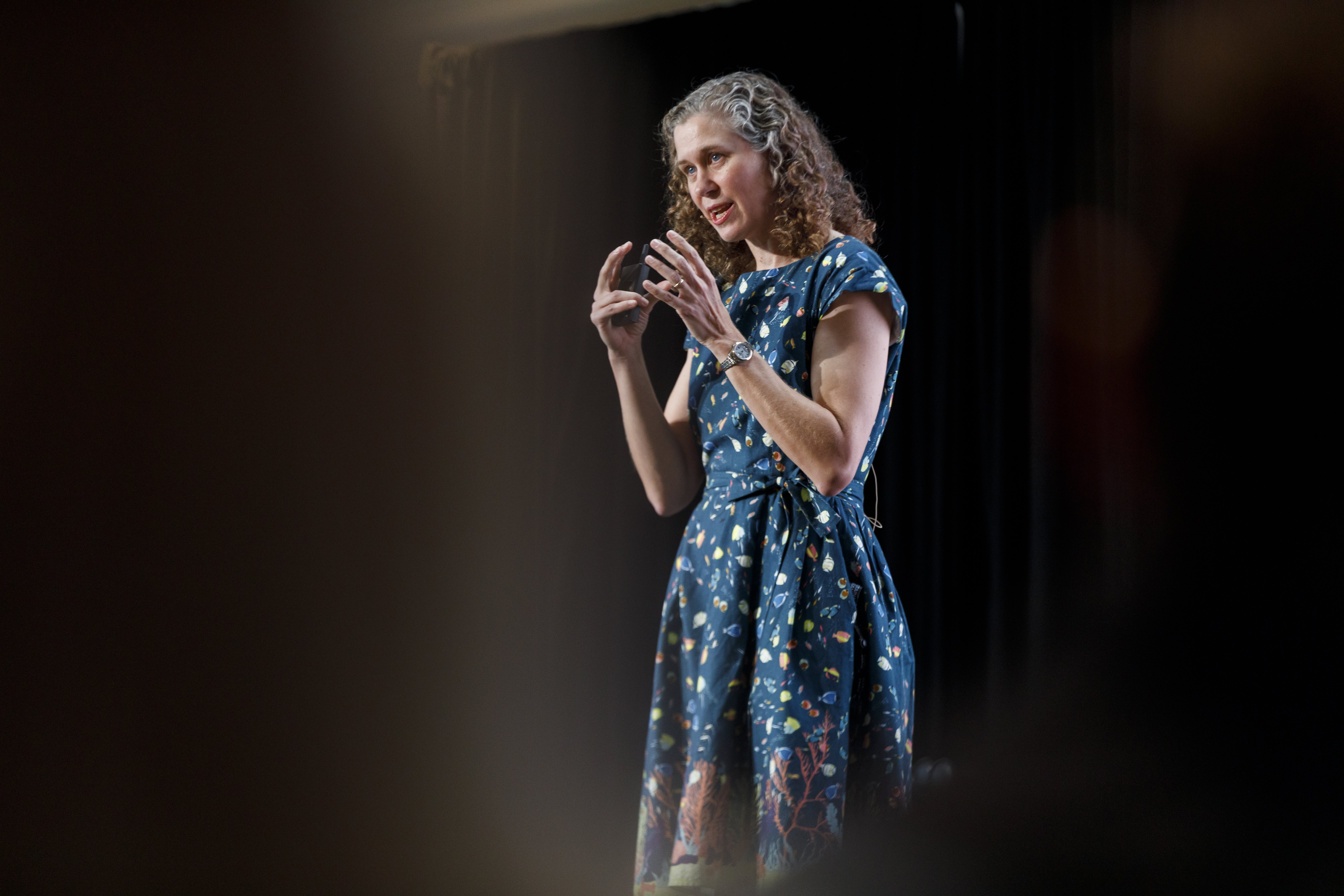
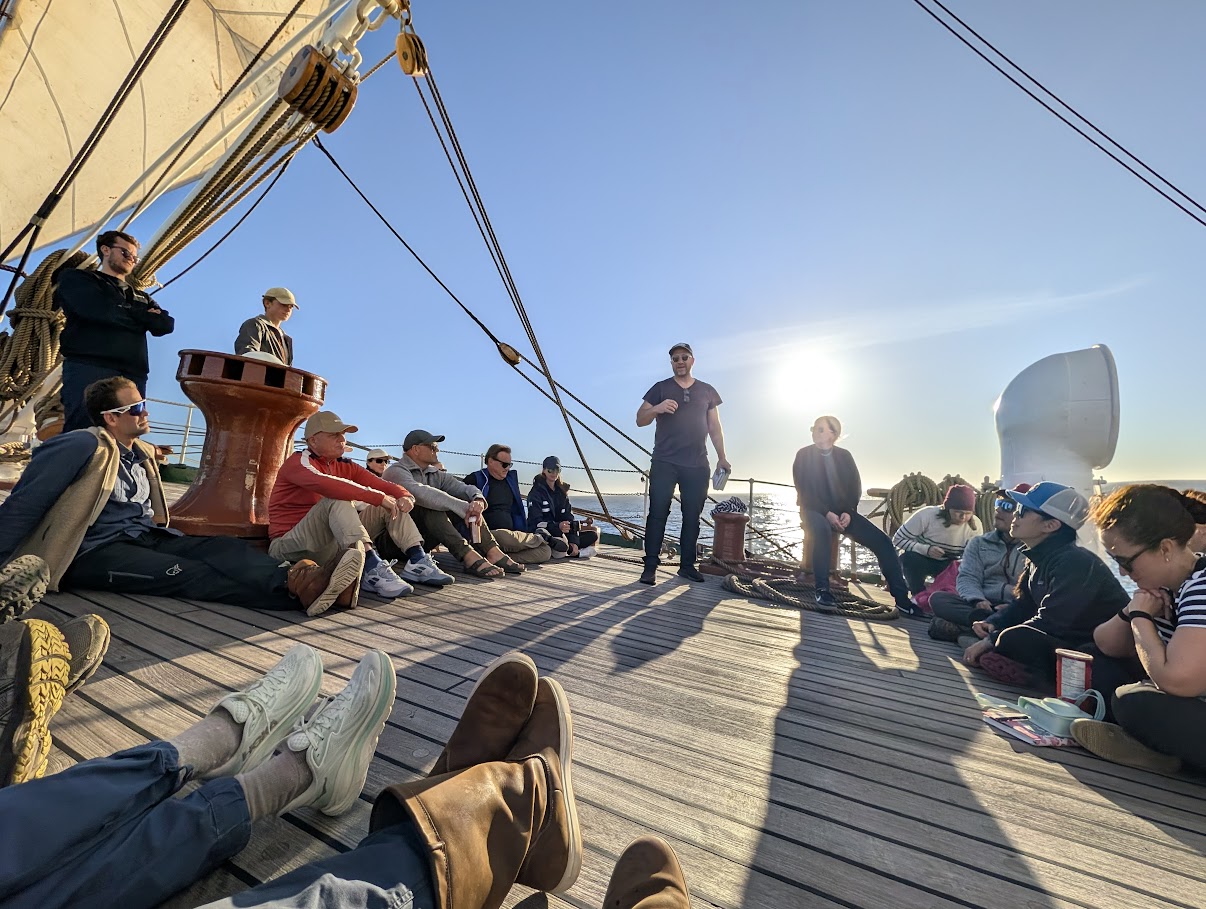
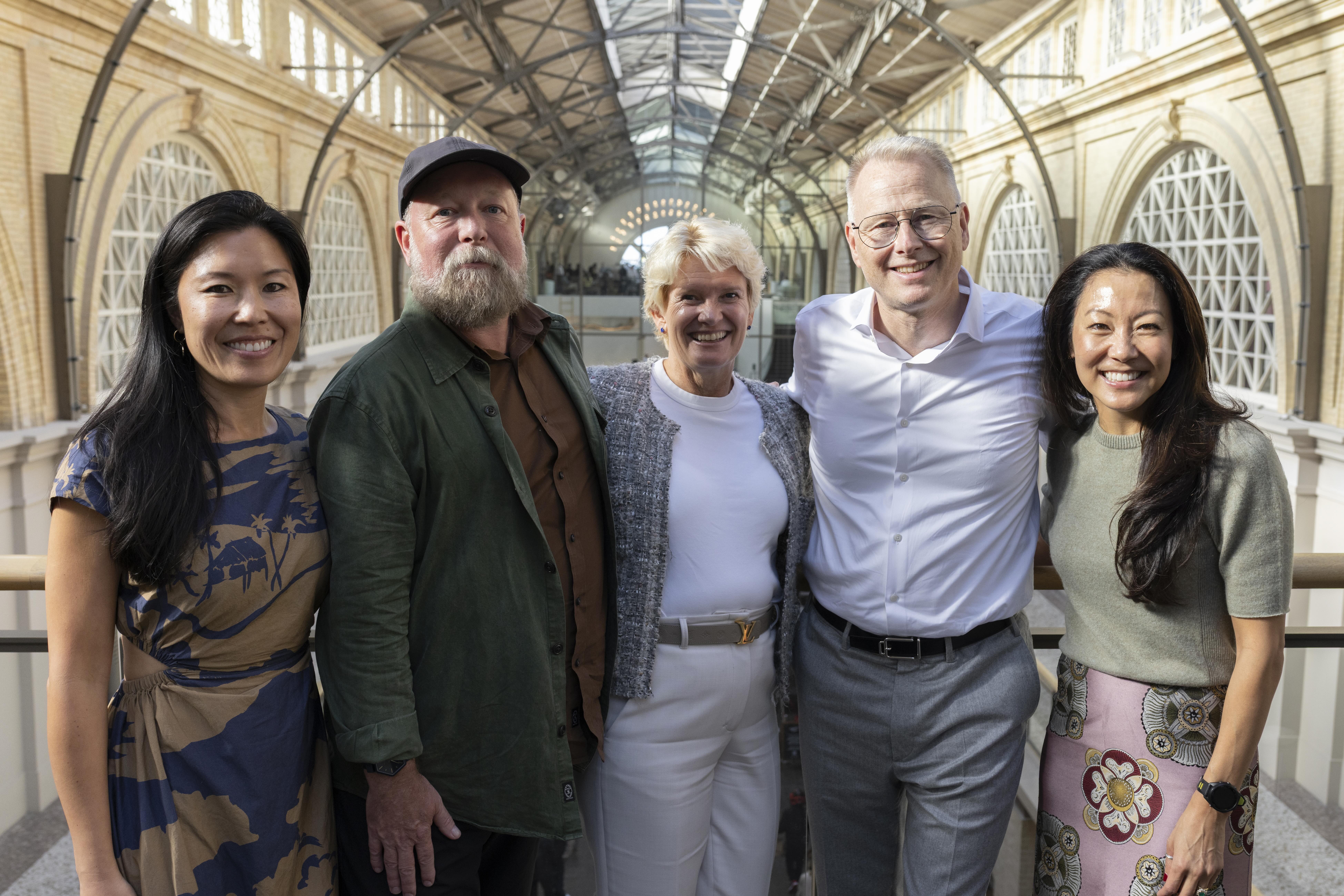
.webp)